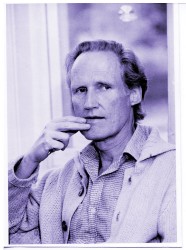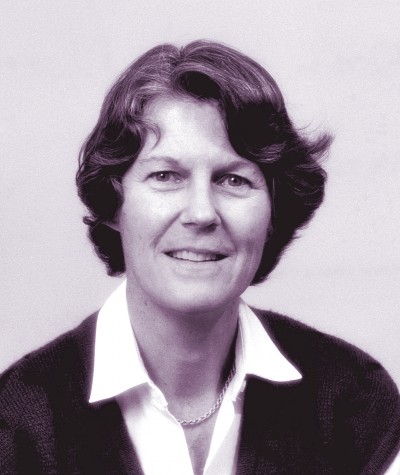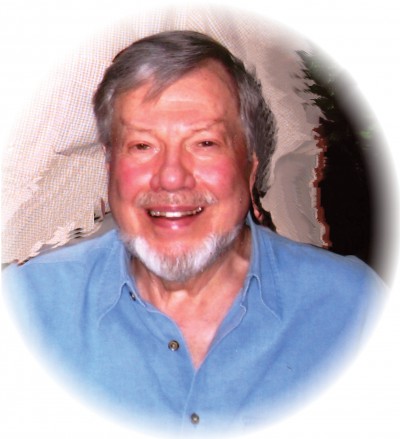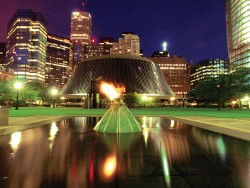 IT IS A PLACE where commerce, government, and the arts meet. An acre of grass just west of Roy Thomson Hall surrounded by high-rises and theatres. All this makes it a fitting tribute to David Pecaut, the civic entrepreneur whose life reached into so many sectors.
IT IS A PLACE where commerce, government, and the arts meet. An acre of grass just west of Roy Thomson Hall surrounded by high-rises and theatres. All this makes it a fitting tribute to David Pecaut, the civic entrepreneur whose life reached into so many sectors.
On April 12, Toronto City Council voted unanimously to rename Metro Square, David Pecaut Square in recognition of David’s contributions as a civic leader. The Mayor’s office commented that the square would be a permanent reminder to all citizens of our obligation to not only enjoy living in Toronto but to actively engage in giving of our time and energy to make this city great.
Pecaut was born in Sioux City, Iowa, where his family were stockbrokers. He studied philosophy at Harvard and Oxford, before joining the renowned Boston Consulting Group, and being charged with establishing its Toronto offices. Like so many Torontonians, he wasn’t from here. He chose Toronto, and for that we loved him.
If you stand in just the right spot at David Pecaut Square you can hear the lick of flames from the Eternal Flame of Hope blending with the trickle of water from Bernie Miller’s post-modern fountain. Compared to the bustle of Yonge-Dundas Square, this is a space of respite, where you can hear conversations and discussions. It is a place for a stroll after dinner and meeting friends before the show.
David liked nothing more than meeting new people and learning about their passions. It didn’t matter your age, job, or income, but you’d find him in the corner deep in conversation. He would be the first to push people to explore how they could make a difference in their city.
Luminato had begun plans to move its signature outdoor concerts to the square before it was re-named after our co-founder. This serendipitous union is particularly appropriate as the Festival celebrates its 5th anniversary this June.
For the first time in his history Luminato will offer its full ten days of free events at a single hub location. Every day from June 10 to 19, residents and visitors will find David Pecaut Square alive with free concerts, film screenings, art, activations, food and beverages, the Festival box office, and more, helping christen the square as a place where all rhythms converge ... from a quirky family-friendly afternoon with They Might Be Giants, to an evening with two of the world’s best string quartets; from a tribute to 150 years of Italian unification, to electronic Arabic funk born on the streets of Egypt; from the very latest opera by acclaimed contemporary music composer Mikel Rouse, to the ancient rhythms from Central Asia; from Broadway to Bollywood and everything in between that refuses to be categorized!
The City of Toronto is a crossroads of ideas, cultures, and traditions. Luminato wants to embody this idea with diverse artists, sounds, and audiences sharing the same space and inspiring one another. You may not know Malkit Singh yet, but you will find yourself dancing just the same. If you give them a try, we know it’s just a matter of time until Marco Calliari or Hakim or Nitin Sawhney are playing on your iPod. This is what inspired David and continues to inspire Luminato each year. What’s next? Let’s free creativity and see where it takes us.
The tempo we begin will continue all summer long as jazz festivals, film festivals, marathons and tourists bring new energy and life to one of the least-utilized spaces in the downtown core. And between the parties and concerts, you can still come down to David Pecaut Square and find a quiet place for a conversation.
It was in David’s nature to always engage with and improve whatever was around him. Perhaps his presence and leadership was most acutely felt following the SARS crisis of 2004. His blend of private sector credibility and social consciousness was able to bring the right people together around the table to have non-partisan solution-based conversations. I was working in Philadelphia, and so the first time I met David was when I was invited to Toronto in May 2006 to hear about a new Festival he and Tony Gagliano were launching. Like everyone, I was skeptical at first. But over the course of that lunch, I came to see their vision, to feel their passion, and realise that what they were proposing was one part of a larger city-wide renaissance.
I have linked to a couple of articles that came out shortly after his death in December 2009, in case they are of interest in terms of how the city understood and felt his loss. For us at Luminato, it was very immediate and personal – as I think it was for so many who had the chance to work with him, however briefly.
http://spacingtoronto.ca/2009/12/14/remembering-david-pecaut-and-his-love-of-toronto/
www.thestar.com/entertainment/article/738499
Toronto-born arts administrator Janice Price was CEO of the Kimmel Center in Philadelphia before returning to Toronto in 2006 as the first CEO of the Luminato Festival.
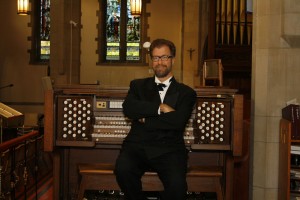 Many years ago, my good friend Stephanie Martin introduced me to her husband. A professorial man with a Lytton Strachey-esque appeal nodded briefly at me. I soon learned of the warm and affectionate soul which lay beneath the bushy beard and patched elbows of Bruce Kirkpatrick Hill. He and Stephanie were married for 22 years, and their kind and patient partnership was an inspiration to all around them.
Many years ago, my good friend Stephanie Martin introduced me to her husband. A professorial man with a Lytton Strachey-esque appeal nodded briefly at me. I soon learned of the warm and affectionate soul which lay beneath the bushy beard and patched elbows of Bruce Kirkpatrick Hill. He and Stephanie were married for 22 years, and their kind and patient partnership was an inspiration to all around them.


